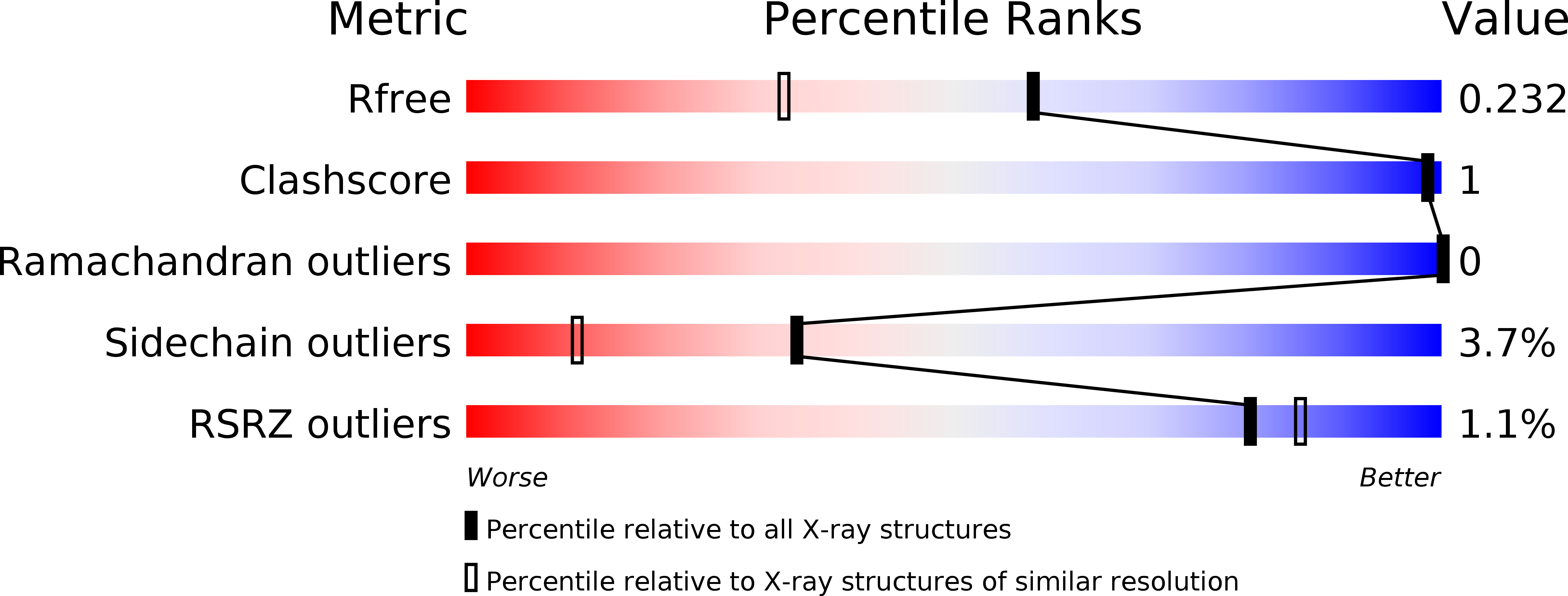
Deposition Date
2007-08-29
Release Date
2007-10-02
Last Version Date
2024-11-13
Entry Detail
PDB ID:
2R3C
Keywords:
Title:
Structure of the gp41 N-peptide in complex with the HIV entry inhibitor PIE1
Biological Source:
Source Organism:
synthetic construct (Taxon ID: 32630)
Method Details:
Experimental Method:
Resolution:
1.73 Å
R-Value Free:
0.23
R-Value Work:
0.19
R-Value Observed:
0.23
Space Group:
P 63


